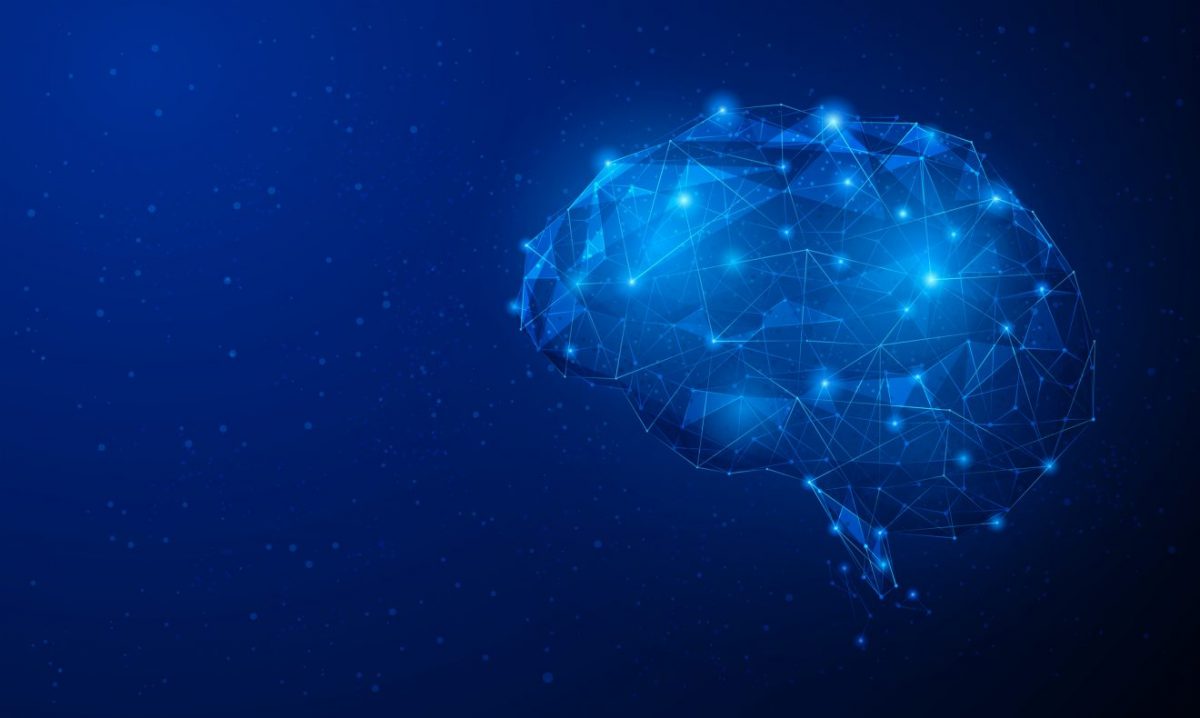Professor Wins NIH Grant to Further Brain Mapping Research

Chemistry professor Nasri Nesnas has been awarded a three-year, $411,000 grant from the National Institutes of Health for his research in developing molecules that use light to activate specific brain circuits. These specialized molecules serve a key role in helping neuroscientists understand the fundamental ways in which the brain works by controlling individual groups of neurons – critical insight that provides clues on possible causes of elusive brain diseases like autism, Alzheimer’s, epilepsy and depression and potentially leading to treatments.
Neuroscientists have made advances that enable selected neurons to be activated by “key” molecules that do not activate neighboring neurons. These molecules are often injected in animals to study their effects on animal behavior. Nesnas’s proposal aims to develop different key molecules that will only “open” the gates of neurons in the presence of controlled light pulses. This will allow the precise understanding of how neurons communicate and lead to specific behaviors.
Further, injecting key molecules to study brain control of behavior is limited due to the randomness of diffusion of such active molecules in brains. Nesnas’s approach allows for the molecules to remain inactive until the selected portion of brain is turned on using light, similar to the ability to control a television with a remote control upon demand. Tools using these light-responsive molecules ultimately provide information on direct correlations between specific neurons and behavior.
“Imagine the simple exercise of figuring out a random arrangement of light switches in a concert hall,” Nesnas said. “In the absence of a schematic diagram, one would have to flip individual switches to identify the corresponding lights they turn on so a map can be determined. Given that one human brain has billions of neurons and interconnections, our molecules provide clues on the connectivity of this vast, complex network.”
When studying these diagrams of the brain, neuroscientists need the ability to turn on selected brain pathways to understand behavior. Nesnas’s proposed research designs key molecules that will not interfere in neighboring pathways, to be selectively activated upon demand with light to enable accurate brain mapping.
His research has attracted the interest of neuroscientists at Columbia University and elsewhere because of its great potential to help them better understand complex brain mechanisms, which could aid in finding treatments for brain diseases.





